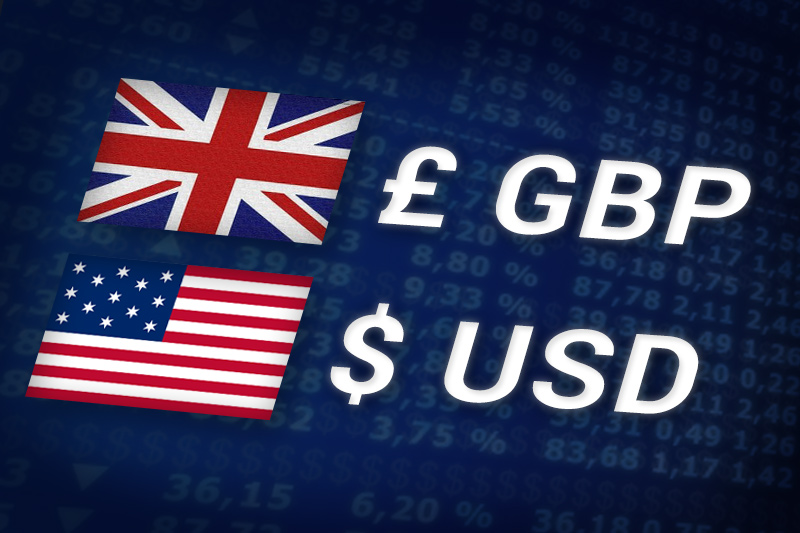Investing.com - The pound strengthened against the dollar on Friday, after U.S. industrial production and inflation data came in softer than expected and sparked concerns the Federal Reserve will roll out fresh easing measures to steer the economy away from deflationary forces.
In U.S. trading on Friday, GBP/USD hit 1.5831, up 0.76%, up from a session low of 1.5694 and off from a high of 1.5861.
The pair was likely to test support at 1.5635, Thursday's low, and resistance at 1.5861, Friday's earlier high.
In the U.S. industrial production figures came in flat in February, below expectations for a 0.4% gain.
Core inflation rates, which are stripped of volatile food and energy prices, rose 0.1% in February, lower than expectations for a gain of 0.2%.
Headline inflation rates rose 0.4%, in line with expectations.
Meanwhile the University of Michigan Consumer Confidence index disappointed as well, coming in at 74.3 for March, below expectations for a reading of 75.7.
The data renewed expectations that the Federal Reserve will consider rolling out stimulus measures to jolt the economy, including quantitative easing, which are asset purchases from banks that inject liquidity into the economy, weakening the dollar in the process.
The pound, meanwhile, was up against the euro and up against the yen, with EUR/GBP trading down 0.06% at 0.8321 and GBP/JPY up 0.48% at 131.94.
On Sunday in the U.K., consumer confidence figures out due out as is the Rightmove House Price Index, which measures the change in the asking price of homes for sale.
In the U.S. on Monday, the National Association of Home Builders will release its Housing Market Index, which reveal the direction of single-family home sales.
In U.S. trading on Friday, GBP/USD hit 1.5831, up 0.76%, up from a session low of 1.5694 and off from a high of 1.5861.
The pair was likely to test support at 1.5635, Thursday's low, and resistance at 1.5861, Friday's earlier high.
In the U.S. industrial production figures came in flat in February, below expectations for a 0.4% gain.
Core inflation rates, which are stripped of volatile food and energy prices, rose 0.1% in February, lower than expectations for a gain of 0.2%.
Headline inflation rates rose 0.4%, in line with expectations.
Meanwhile the University of Michigan Consumer Confidence index disappointed as well, coming in at 74.3 for March, below expectations for a reading of 75.7.
The data renewed expectations that the Federal Reserve will consider rolling out stimulus measures to jolt the economy, including quantitative easing, which are asset purchases from banks that inject liquidity into the economy, weakening the dollar in the process.
The pound, meanwhile, was up against the euro and up against the yen, with EUR/GBP trading down 0.06% at 0.8321 and GBP/JPY up 0.48% at 131.94.
On Sunday in the U.K., consumer confidence figures out due out as is the Rightmove House Price Index, which measures the change in the asking price of homes for sale.
In the U.S. on Monday, the National Association of Home Builders will release its Housing Market Index, which reveal the direction of single-family home sales.
